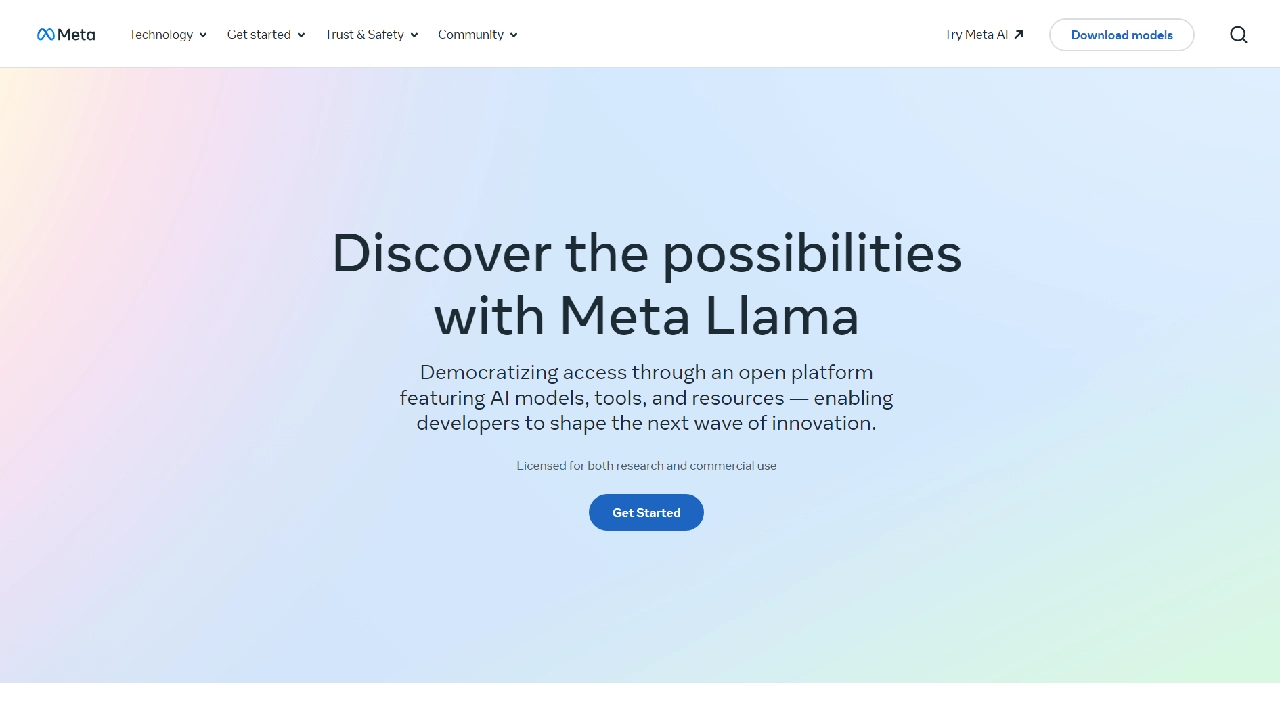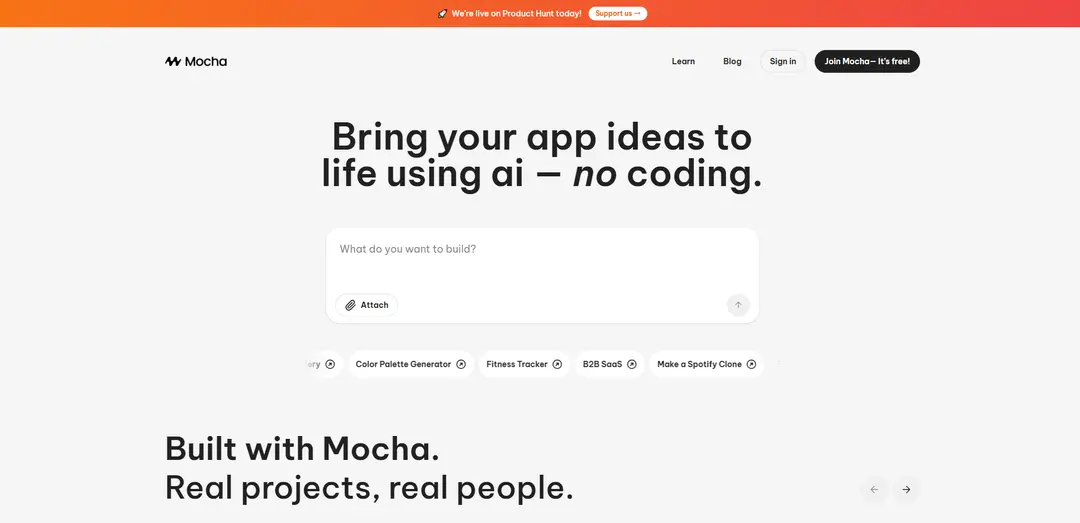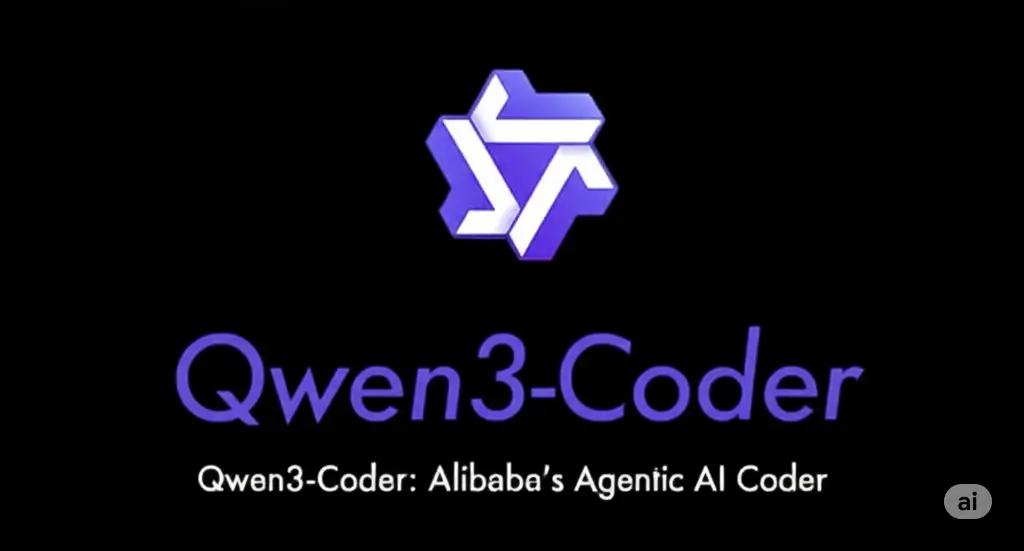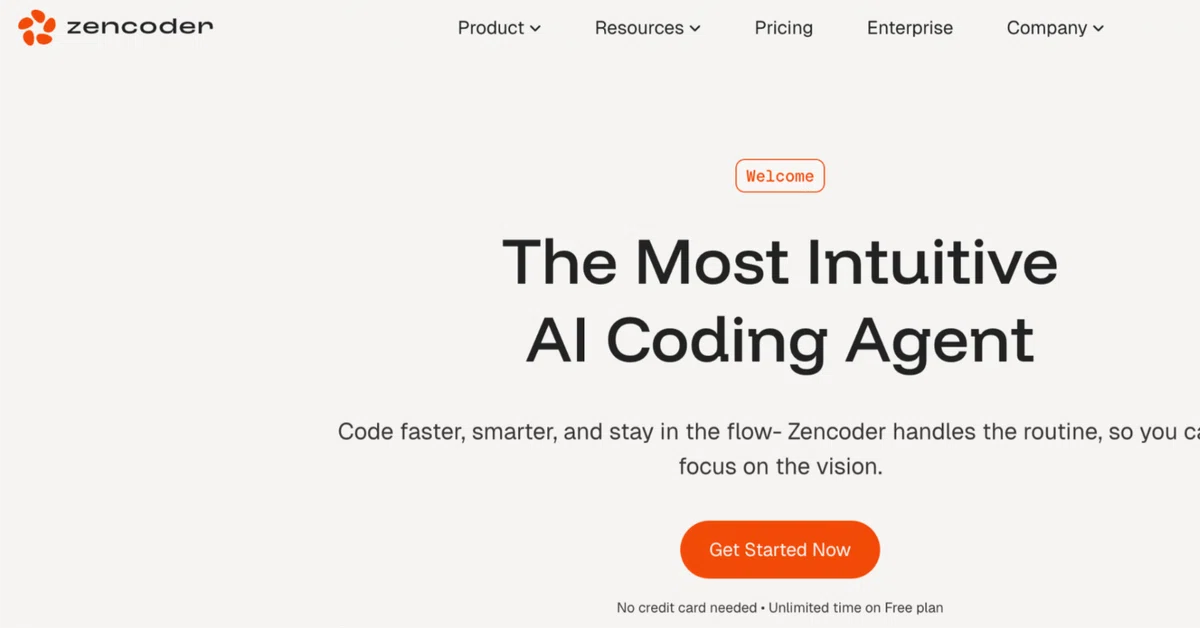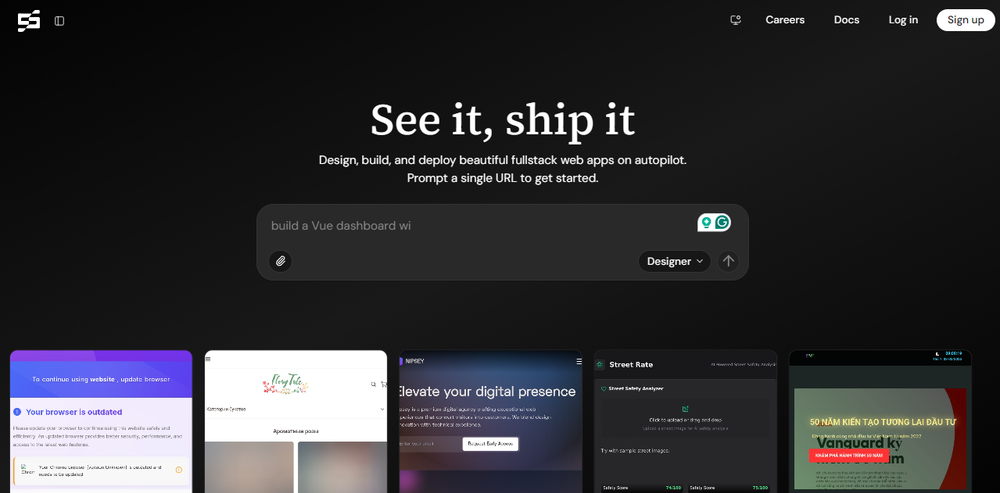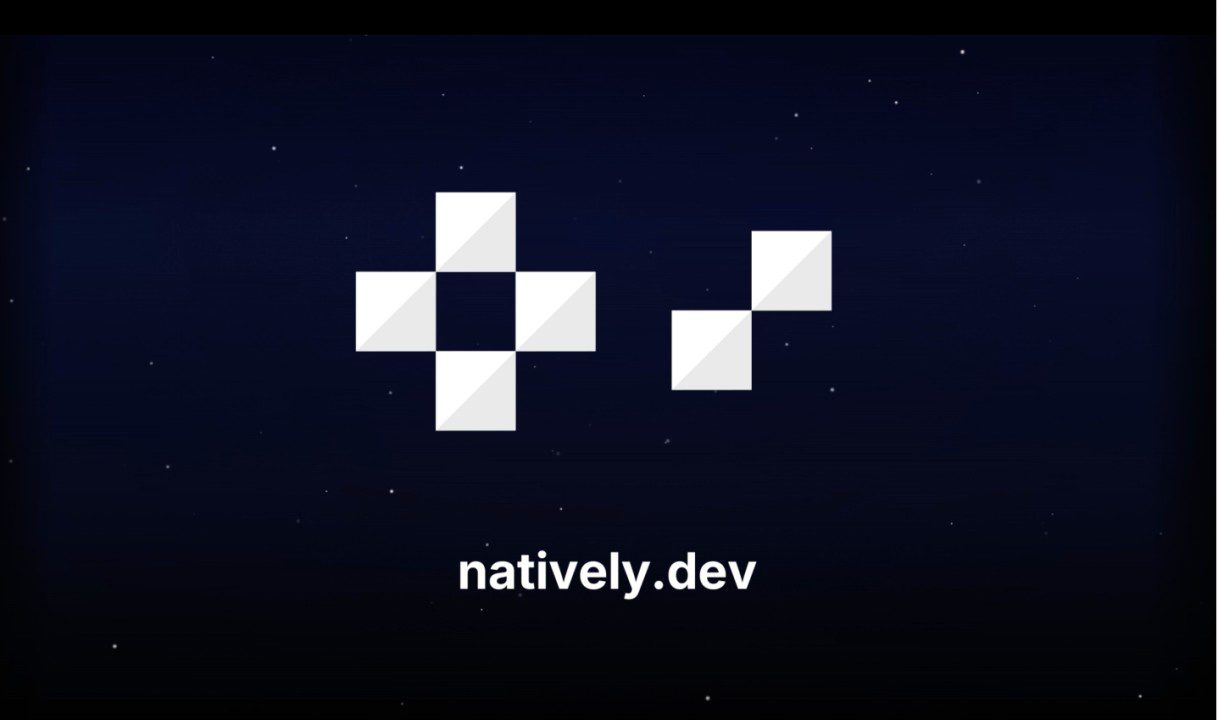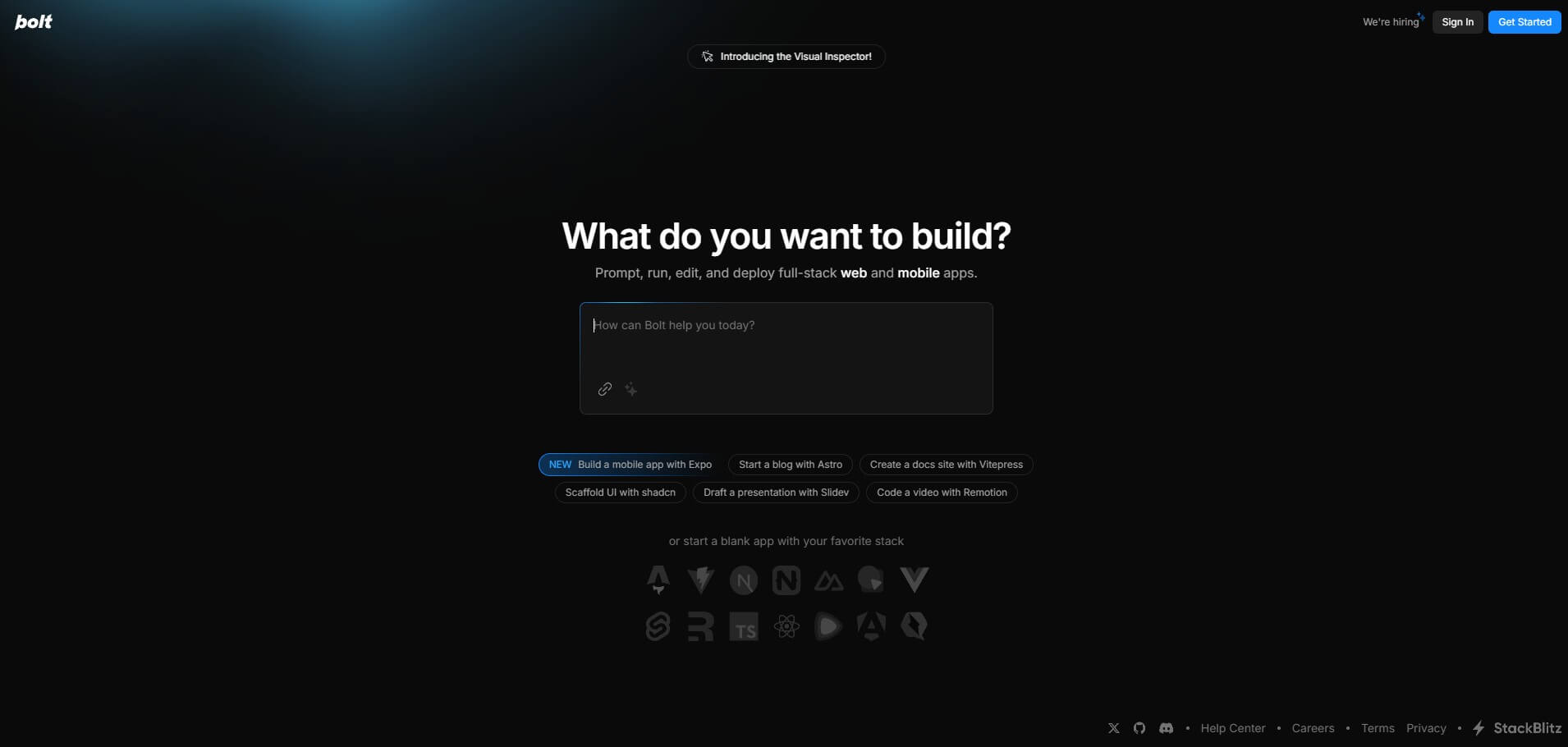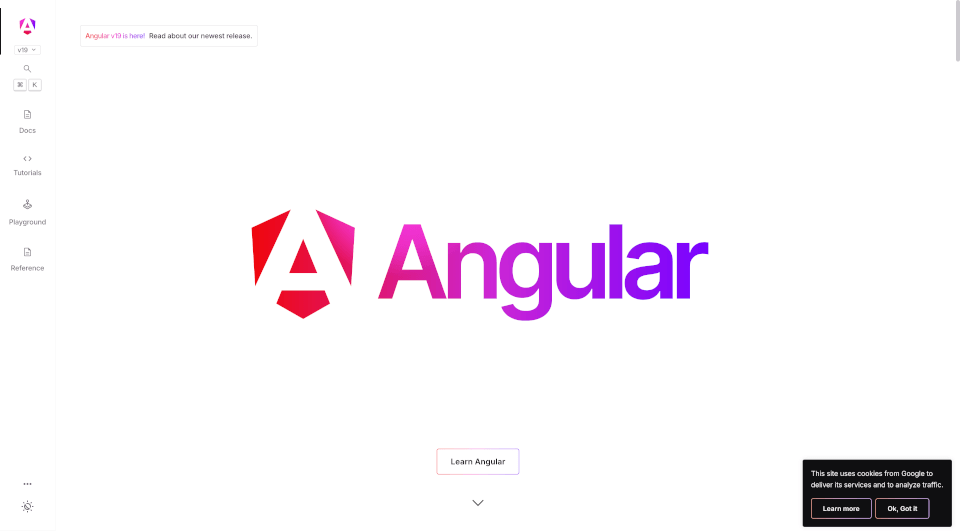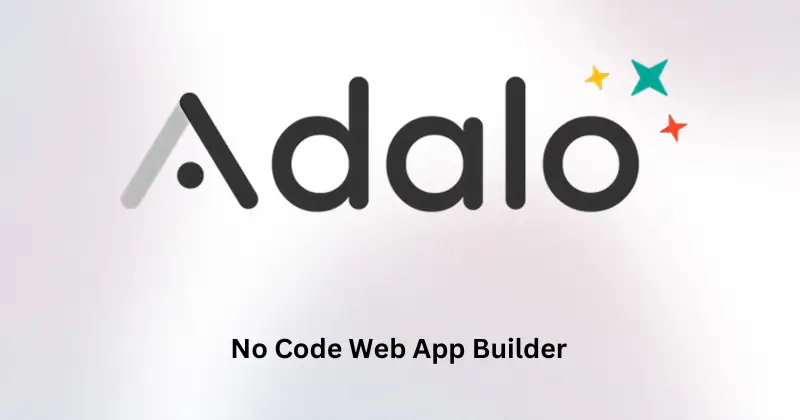LLaMA, or Large Language Model Meta AI, is a powerful open source language model created by Meta AI. It is designed to generate human-like text and is great for assistant like chat uses. The latest version, LLaMA 3.1, has models with 8B, 70B, and 405B parameters. These models are available for research and development under a noncommercial license.
LLaMA 3.1 models use transformer architecture and are auto regressive. They have been trained on a lot of data, so they generate high quality text. These models excel in tasks like summarizing text, sentiment analysis, and code generation. LLaMA is set to have a major impact on artificial intelligence with its diverse abilities.
How to Use LLaMA?
LLaMA is a powerful open-source language model by Meta AI, designed for generating human-like text across various applications and tasks.
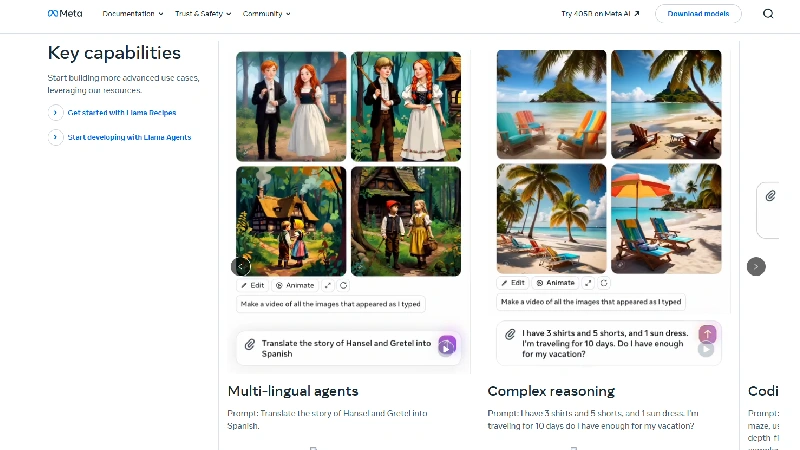
- Access the Model: Download LLaMA from Meta’s official repository or access it on platforms like Hugging Face.
- Set Up Your Environment: Install required libraries such as PyTorch and Hugging Face Transformers to support model usage.
- Load the Model: Use provided APIs to load the desired LLaMA model version into your application.
- Preprocess Input: Format your input data according to the model’s requirements, ensuring proper tokenization.
- Generate Text: Use the model to generate text by providing prompts or specific instructions for desired outputs.
- Evaluate Performance: Test the model’s output for quality and relevance, making adjustments as needed.
- Deploy Your Application: Integrate the model into your application and monitor its performance for continuous improvement.
Features of LLaMA
LLaMA is a powerful language model developed by Meta, designed for various natural language processing tasks, featuring enhanced multilingual capabilities.
- Architecture: Built on a transformer architecture, using auto-regressive techniques for text generation.
- Parameter Sizes: Available in multiple sizes: 7B, 13B, 33B, and 65B parameters, allowing for flexibility based on computational resources.
- Multilingual Training: Trained on a diverse dataset covering numerous languages, enhancing its global applicability.
- Performance: Demonstrates state-of-the-art results, often surpassing other models like GPT-3 in specific tasks.
- Open Source: Available for public use, fostering innovation and collaboration in AI development.
- Fine-tuning Capability: Supports fine-tuning for specific tasks, improving performance on instruction-following tasks.
- Community Support: Active community and resources available on platforms like Hugging Face for model access and implementation guidance
LlaMA Models
lama models have evolved significantly since their initial release. Here is a list of the major versions:
- Llama 1(2023): The first version released by Meta AI, available only to researchers under a non-commercial license.
- Llama 2(2023): Introduced instruction fine-tuned versions alongside foundation models, making them more accessible.
- Llama 3(2024): Trained on a massive dataset, featuring improved reasoning and efficiency.
- Llama 3.1(2024): Enhanced with function calling and agent-optimized inference.
- Llama 3.3(2024): Further refinements in performance and scalability.
Recent Update LLaMA 4 Models
Meta has just unveiled its latest AI breakthrough the LLaMA 4 models. These cutting-edge models include one that can handle a massive 10 million-token context and another trained on 2 trillion parameters, placing them among the most powerful AIs to date. Their capabilities rival top models like GPT-4 and Gemini.
What sets LLaMA 4 apart is its multimodal nature, enabling it to understand text, images, audio, and video. With three versions Behemoth, Maverick, and Scout Meta offers a range of performance options. Built using Mixture of Experts (MoE) for smarter task handling, LLaMA 4 is also available for free testing via OpenRouter AI.
FAQs About LLaMA
What is LLaMA?
LLaMA (Large Language Model Meta AI) is a series of advanced language models developed by Meta, designed for various natural language processing tasks.
What are the different versions of LLaMA?
LLaMA is available in multiple versions, including LLaMA 2, LLaMA 3, and LLaMA 3.1, with varying parameter sizes to suit different applications.
What languages does LLaMA support?
LLaMA models primarily support English, but LLaMA 3.1 is multilingual and trained on data from eight languages, improving its global usability.
Can LLaMA be fine-tuned for specific tasks?
Yes, LLaMA models can be fine-tuned for specific applications, enhancing their performance in targeted areas such as chatbots or other dialogue systems.
How can developers access LLaMA?
Developers can access LLaMA models through various hosting providers and Meta’s website, following the guidelines set out in the LLaMA Community License Agreement.
